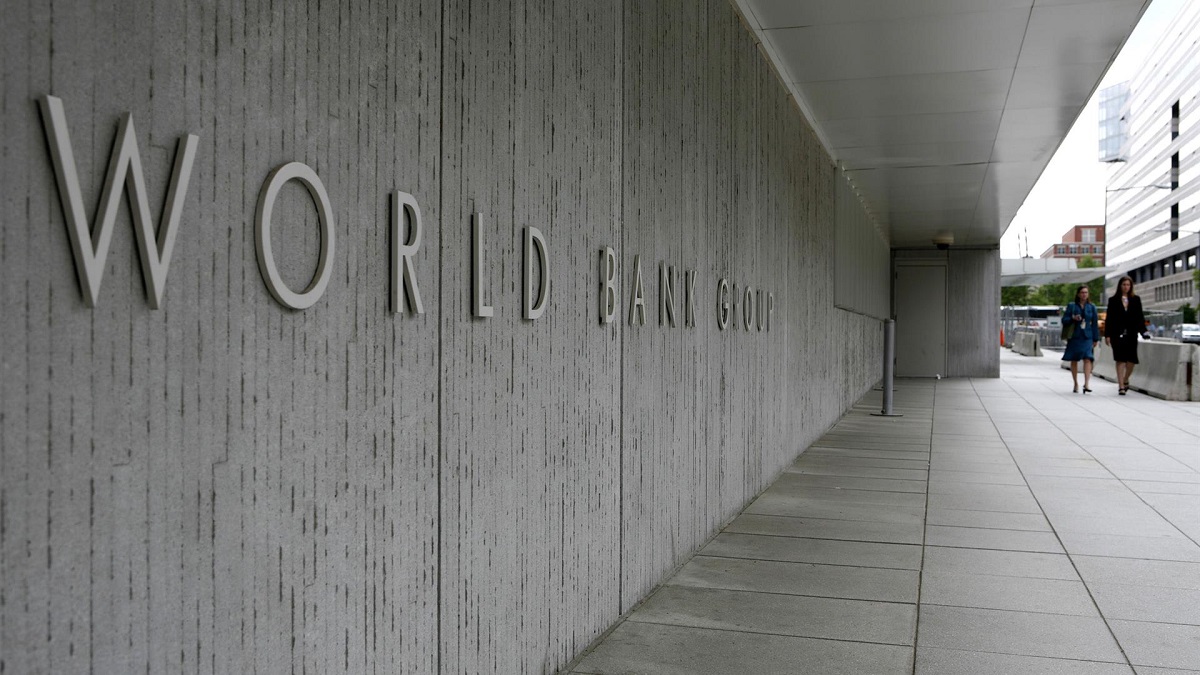WASHINGTON: According to the World Bank Global Economic Prospects Report 2022, released earlier this week, last year’s growth in Pakistan got raised by a surge in domestic demand, record-high remittance flows, a rigid COVID & financial regulations aim, and supporting monetary policy.
The South Asian region (SAR) is predicted to grow at a 7.6 percent annual rate in 2022, then decrease to 6.0 percent in 2023 as pandemic-related disruptions fade. The World Bank has raised its growth forecast for the region because of “better prospects in Bangladesh, India, and Pakistan.”
Pakistan’s economy is expected to grow by 3.4 percent this fiscal year and by 4 percent in 2022-23 because of structural adjustments targeted at improving export competitiveness and the financial viability of Pakistan’s power sector.
According to the estimate, India’s GDP would grow by 8.3 percent this fiscal year and 8.7 percent in 2022-23. The current fiscal year’s GDP growth rate of 8.3 percent is consistent with the bank’s October 2021 predictions. As per the World Bank, India’s growth rate will outperform that of its neighbours in the current and upcoming fiscal years.
The research’s findings predicted Bangladesh to grow at a 6.4 percent annual rate in 2021-22 and 6.9 percent in 2022-23, while Nepal is expected to grow at 3.9 percent annually this fiscal year and 4.7 per cent next fiscal year. However, the study cautions that “Omicron-related economic disruptions may significantly decrease growth” this year to 3.4 percent, down from a projected 5.5 per cent gain in 2021.
According to the research, real interest rates in Pakistan dropped substantially in 2020 and remained negative until 2021. It has also found that Bangladesh and Pakistan’s goods trade imbalances increased to record levels because of robust domestic demand and rising energy costs.
SAR real interest rates fell further than inflation expectations grew, but policy rates remained constant. Only after a substantial increase in Pakistan’s policy interest rate did the trend reverse. Actual expenditures in Pakistan in 2021 were lowered because of fiscal restrictions.
The Taliban’s takeover of Afghanistan in August resulted in a rapid cessation of international aid and access to foreign assets and the global financial system, resulting in an instant humanitarian and economic calamity.
It significantly impeded food and energy imports into Afghanistan because of the cash shortage and accompanying financial turmoil. As shown by the report’s results, price hikes for basics such as food are exceeding economic expansion in the private sector:
Humanitarian help is being suppressed because of the banking system’s collapse and the difficulties in moving funds outside. Long-term bond rates in Pakistan and Sri Lanka also increased sharply in late 2021, reversing the pandemic downturns.
Monetary accommodating measures got withdrawn because of the country’s high inflation rate. Only Pakistan, where increasing inflation has forced the termination of monetary easing, is projected to see the region’s monetary policy tighten in 2022.
Compared to pre-pandemic levels of growth, it envisaged slower progress in catching up with advanced economy per capita incomes in the forecast period. The economy of SAR is also being constrained by budgetary problems in Pakistan and Sri Lanka.
Bhutan, Nepal, Pakistan, and Sri Lanka’s per capita incomes may fall even further behind advanced nations in 2021 and 2023 than they did in 2017. In 2023, the South Asian region, excluding India, is predicted to be 4% lower than pre-pandemic estimates.
Works at The Truth International Magazine. My area of interest includes international relations, peace & conflict studies, qualitative & quantitative research in social sciences, and world politics. Reach@ [email protected]










